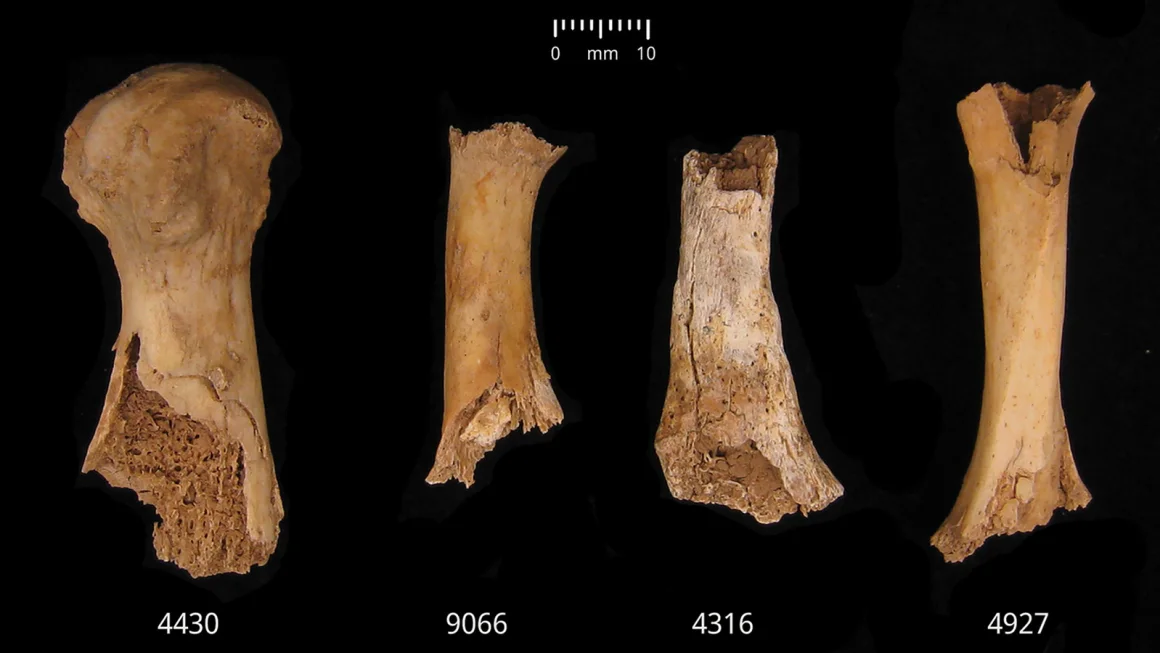Recent archaeological discoveries in Charterhouse Warren, Somerset, have shed light on a harrowing episode from Britain’s Early Bronze Age. The remains of at least 37 individuals, including men, women, and children, exhibit signs of brutal violence, dismemberment, and possible cannibalism.
Evidence of Brutal Violence
The skeletal remains display blunt force trauma and perimortem cut marks, indicating that the individuals were violently killed and subsequently butchered. This level of interpersonal violence is unprecedented in British prehistory, challenging previous perceptions of the Bronze Age as a relatively peaceful era.
Signs of Cannibalistic Practices
Analysis of the bones reveals cut marks and fractures consistent with defleshing and marrow extraction, suggesting that the victims may have been cannibalized. Notably, hand and foot bones show evidence of having been chewed by human teeth, further supporting this theory.
Social and Cultural Implications
The treatment of these bodies suggests a deliberate attempt to dehumanize and ‘other’ the victims, possibly as a form of social or political retribution. This challenges the notion that such extreme violence and ritualistic behavior were absent in Bronze Age societies.
Broader Context
These findings contribute to a growing body of evidence indicating that prehistoric societies may have engaged in complex and violent behaviors previously unrecognized. The discovery at Charterhouse Warren provides a stark reminder of the capacity for violence in human history, prompting a reevaluation of social dynamics during the Bronze Age.











